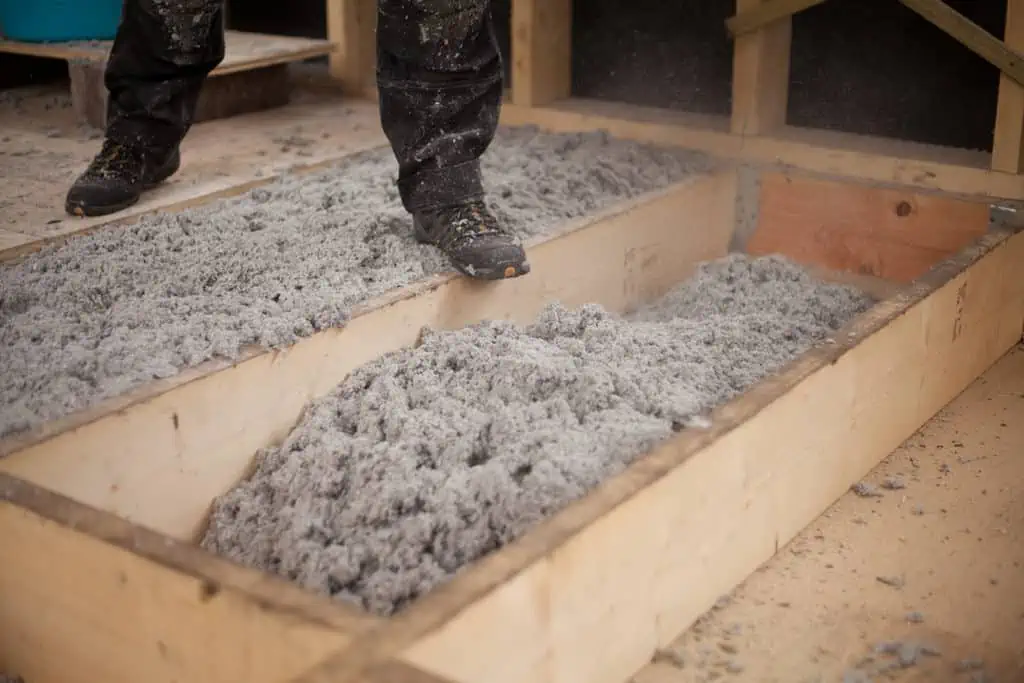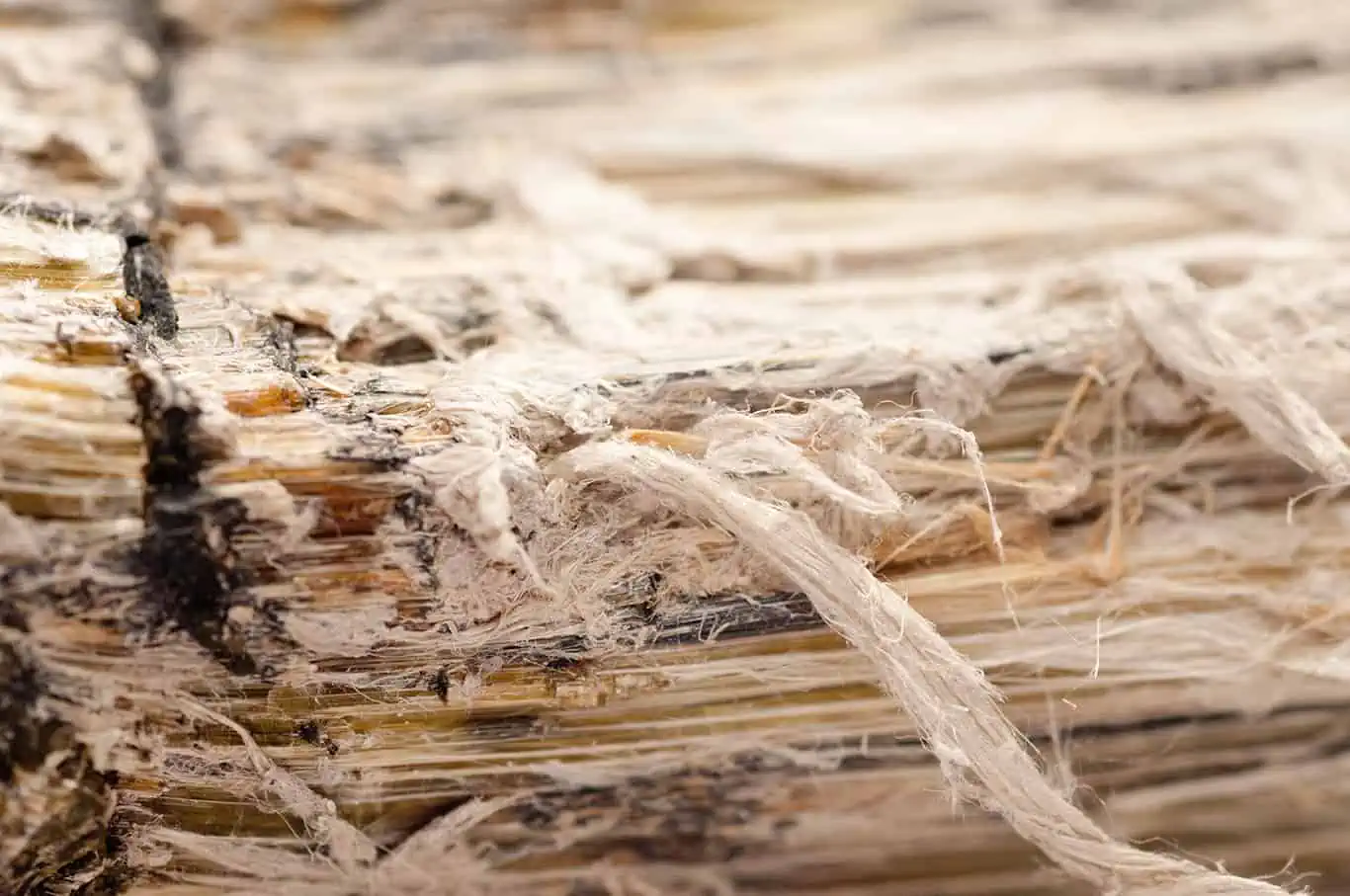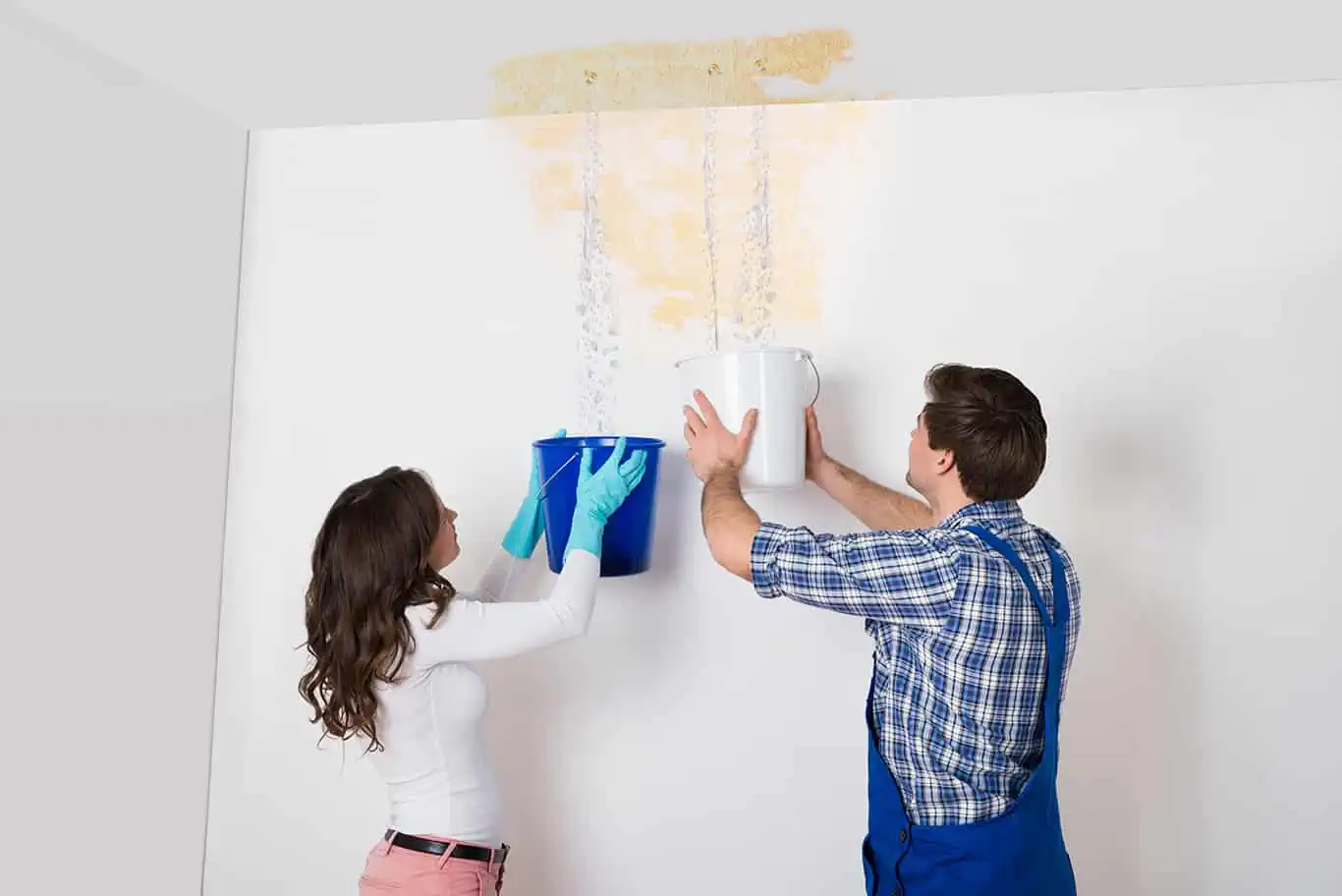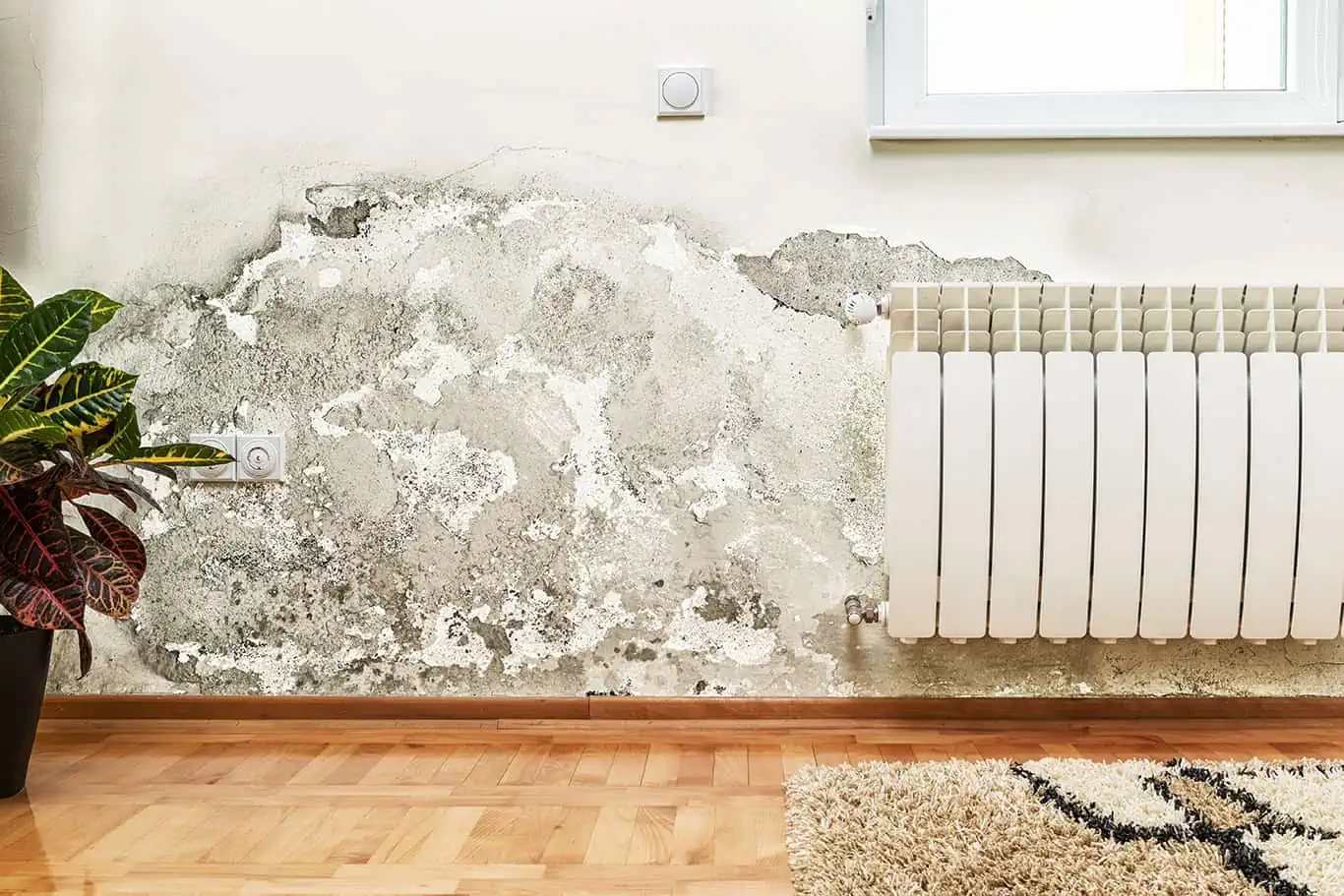I grew up with the handiest dad in the entire neighborhood. When I was a kid, it felt like every six months there was a different room getting a facelift, ranging from completely renovating the kitchen to turning a small attic into our playroom.
This mentality rubbed off on me. Today, I’ve not only made improvements to my own home, but I’ve even taken on a few house flips in my spare time. However, the time and labor that goes into these projects shouldn’t be underestimated. My dad made it look easy, but there are always curve balls.
My Initial Purchase
For my past two house flips, I purchased bank-owned foreclosures. I found this process much easier than most people think, and it also typically leaves a nice cushion in your budget to invest in the renovation.
However, after renovating these homes, I was left with less of a profit than I initially calculated. This time around, I took a risk and bid on a home through a foreclosure auction. (The main difference between auction and bank-owned is that the homes at auction often are bid on sight unseen!) However, living in a rural part of New York, I have become familiar with the homes in the area and had a general sense of what I would be dealing with.
First Impressions
After finalizing the deal, I drove to the location with my husband and two children to get an initial look at our new property. As soon as we arrived, I began to see the potential that this home had to offer. A beautiful paint-chipped, white ranch that was constructed in the early 1950s. Set back on about an acre of land, all I could think was how perfect this home would be for a family to live and grow, with plenty of space for children to roam freely and enough privacy while having a central location near to highways, plazas, and our neighborhood.
We opened the front door to the main entrance with our fingers crossed, praying that the inside would be salvageable. Other than the extremely worn hardwood floors, everything was generally intact. Four bedrooms and two bathrooms, seemingly unscathed by the many cold winters that occurred over the years. Slight cracks ran the walls and almost everything was outdated, however, these changes would be minor, as I still wanted to ensure the home would maintain its timely character.
On the surface, our initial evaluation of the purchase was going well, briefly discussing our plans as we moved room to room. However, our luck was about to change as we descended the rickety steps into the basement.
The Monster in the Basement
As we entered the unfinished basement, nothing seemed out of the ordinary. It was a small space but could be used as an extra bedroom or guest room if it was finished. The drywall was cracked in multiple spots, exposing the insulation underneath. This initially concerned me, as given the age of the home I knew that the insulation could very well contain asbestos, a deadly carcinogen when exposed to humans. The basement was also very damp, which upon further inspection, it appeared that there was an abundance of mold along the ceiling.
The basement needed much more than a cosmetic lift.
Before we began any repairs, we had to have the home professionally inspected and tested, as we knew that the possibility of health risks was too high for us to begin renovating the basement.
Unfortunately, it seemed that our fears became a reality. Not only was there asbestos-containing insulation in the basement, but it was in other areas of the house as well! Flipping houses I’ve learned that asbestos was once a common additive in a variety of building materials, due to its unsurpassed resistance to heat. But asbestos was also found in our basement floor and ceiling tiles, somewhere I never expected a toxin to be present. While the mold was a quick fix for the abatement team, the insulation was the true task and a much larger undertaking.
A Delay in the Process

The whole time our insulation was being replaced, the only thoughts I had were, what if they missed an area? What if there were asbestos fibers floating around without my knowledge? It was scary to think that we bit off more than we could chew with this flip. However, tests came back and our home was cleared for the projects we had planned.
Better to Be Safe Than Sorry
This home taught me the biggest lesson of all, no matter how big or small your home improvement project may be, it’s important to get your home checked out before you begin.
I’ve started doing this no matter what the quality of the house is.
With the bank-owned foreclosures, I was able to get an inspection done before the purchase. But with this most recent flip, I’m glad I had this done prior to breaking down any walls. The risks I could have put myself and my family in put a pit in my stomach, and it’s unfortunate that many of those who do these projects on their own unknowingly expose themselves to dangerous toxins. If you do decide to renovate your home by yourself, have it tested for all toxins.
And if you can’t complete the project on your own, consult a professional who can assist. Trust me.
Gina Wheeler is a content creator and freelance writer from New York. Beyond her obsession with interior design and home updating, Gina has a passion for the mind, body, and health excellence. Gina enjoys learning about the intricacies of the body including exercise, nutrition, and preventative care.




 What happens with asbestos is this: when disturbed, the asbestos particles are released into the air and then unknowingly inhaled. Those particles get caught in the lining of vital organs. Consistent exposure can cause cancer,
What happens with asbestos is this: when disturbed, the asbestos particles are released into the air and then unknowingly inhaled. Those particles get caught in the lining of vital organs. Consistent exposure can cause cancer, 







